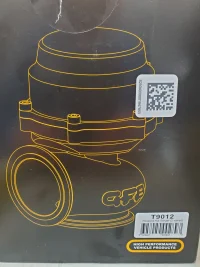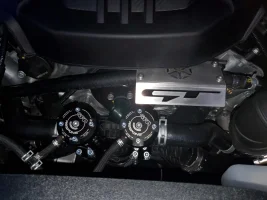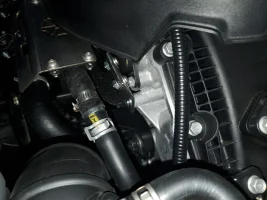xot1
1000 Posts Club!
Hello
With my current setup (JB4 + WMI + Primary DP ~480whp), it is not rare to hit 19psi during a pull.
Are the stock BOVs able to handle that much boost?
Is an aftermarket BOV a necessary upgrade for reliability?
I do not care about sound and I actually would be using a recirculating type for the quietness but I wonder about the worth of this upgrade. (The model I was looking at is the TurboXS dual BOV which costs 440 bucks)
Any opinions?
With my current setup (JB4 + WMI + Primary DP ~480whp), it is not rare to hit 19psi during a pull.
Are the stock BOVs able to handle that much boost?
Is an aftermarket BOV a necessary upgrade for reliability?
I do not care about sound and I actually would be using a recirculating type for the quietness but I wonder about the worth of this upgrade. (The model I was looking at is the TurboXS dual BOV which costs 440 bucks)
Any opinions?






